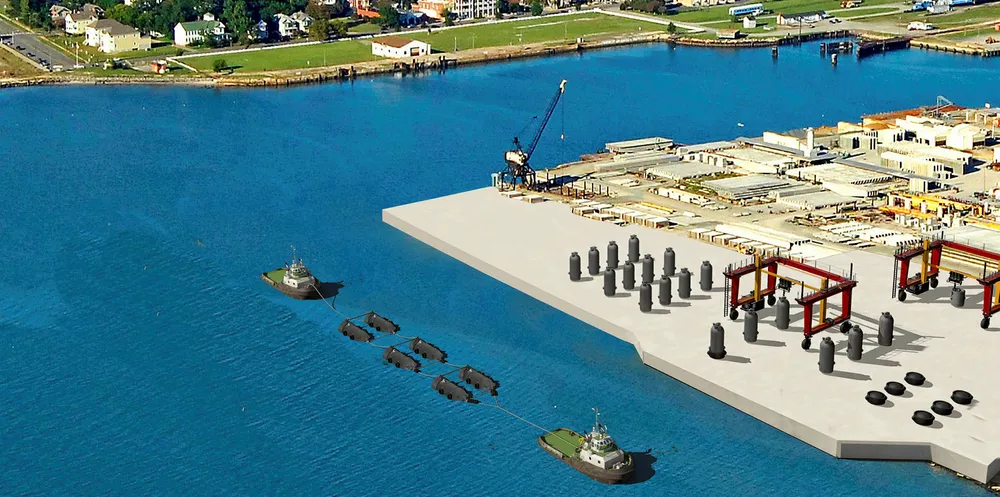From 3D-printed anchors to nacelle-mounted cranes, floating wind kit lands Scottish funds
Government-backed $1.25m competition run by Carbon Trust to tackle 'challenge areas' in commercialising deep-water offshore wind

Government-backed $1.25m competition run by Carbon Trust to tackle 'challenge areas' in commercialising deep-water offshore wind
